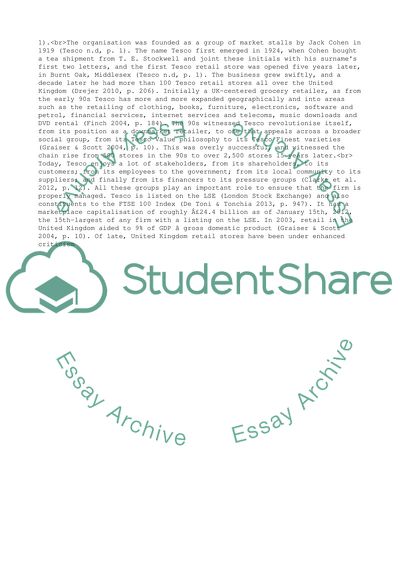Cite this document
(PESTLE Essay Example | Topics and Well Written Essays - 2000 words, n.d.)
PESTLE Essay Example | Topics and Well Written Essays - 2000 words. https://studentshare.org/management/1828522-pestle
PESTLE Essay Example | Topics and Well Written Essays - 2000 words. https://studentshare.org/management/1828522-pestle
(PESTLE Essay Example | Topics and Well Written Essays - 2000 Words)
PESTLE Essay Example | Topics and Well Written Essays - 2000 Words. https://studentshare.org/management/1828522-pestle.
PESTLE Essay Example | Topics and Well Written Essays - 2000 Words. https://studentshare.org/management/1828522-pestle.
“PESTLE Essay Example | Topics and Well Written Essays - 2000 Words”. https://studentshare.org/management/1828522-pestle.


